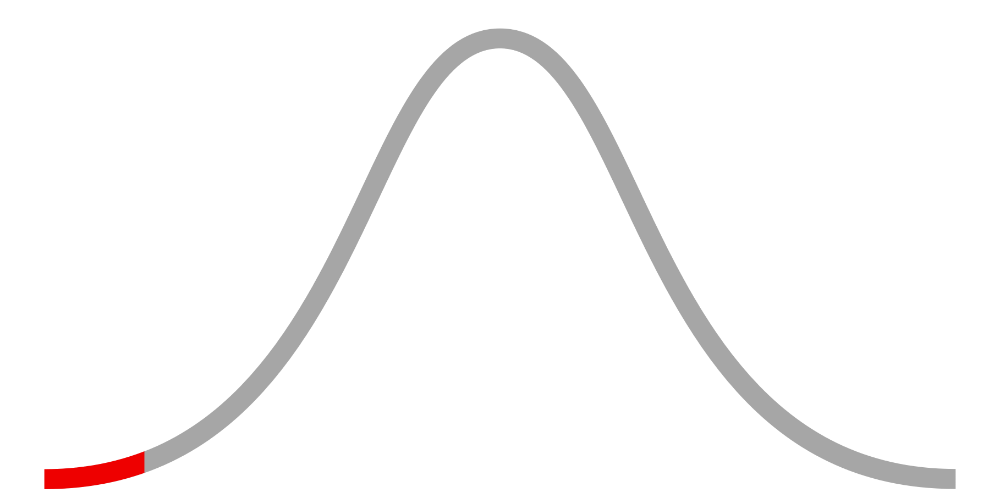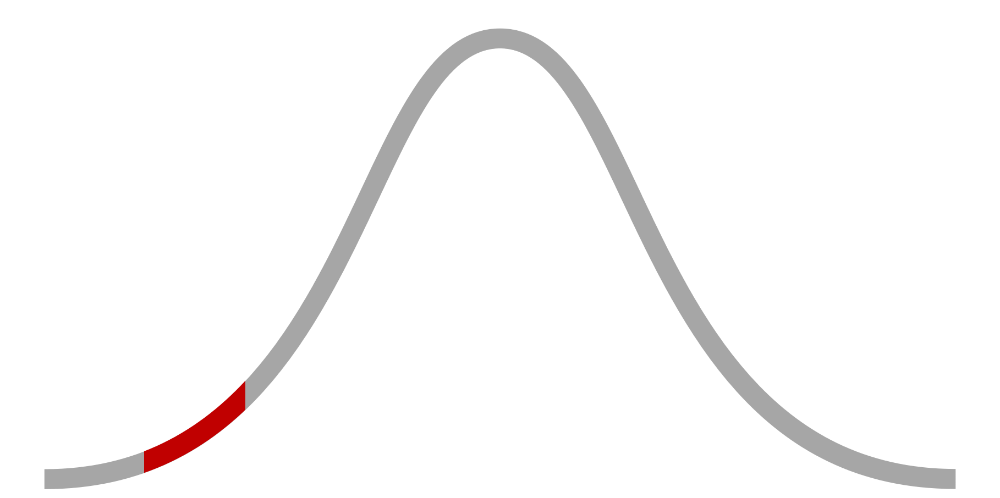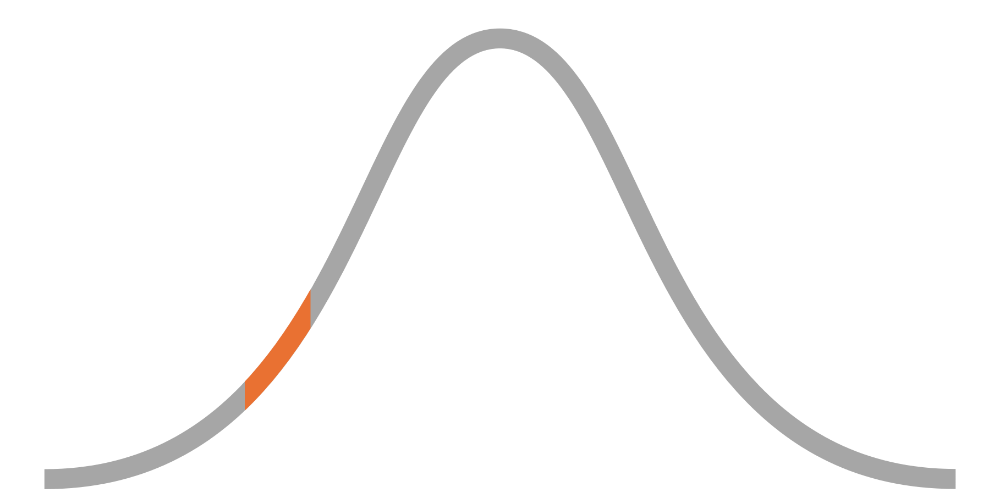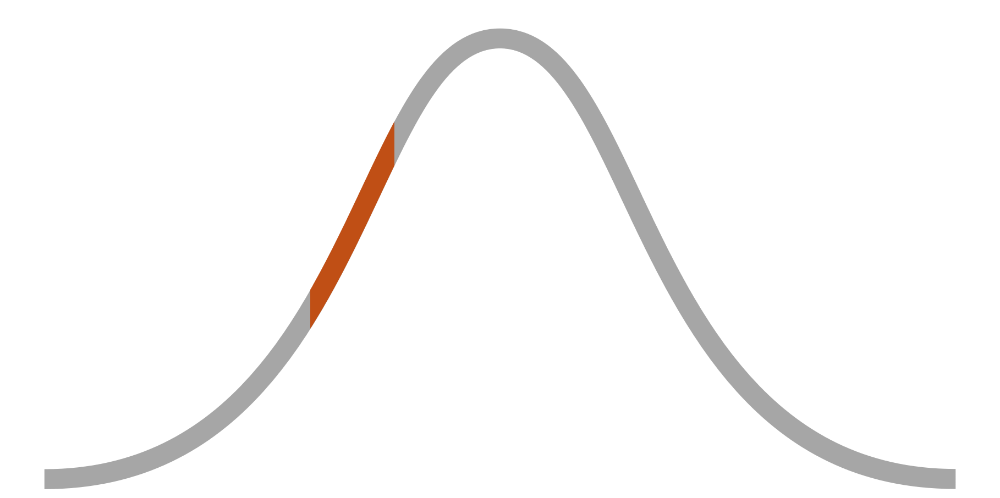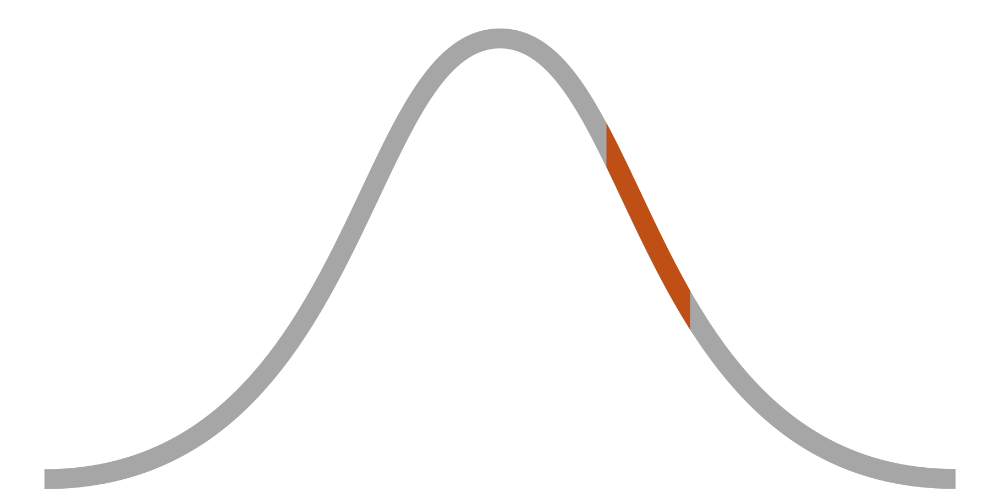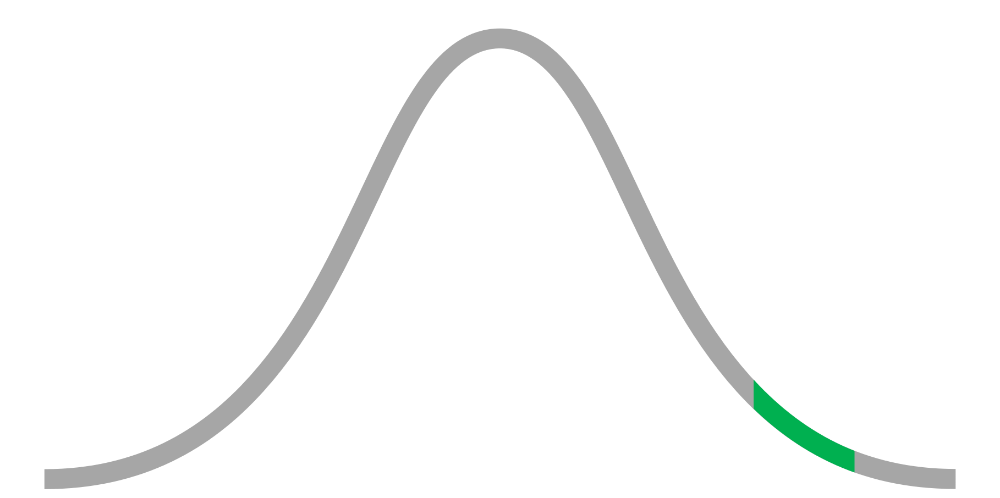 Summary & key points
Summary & key points
On October 4, 2015, top YouTuber MrBeast recorded a video to be uploaded in ten years titled "Hi Me In 10 Years." It was published on October 4, 2025, and features a young MrBeast discussing his goals and plans for YouTube. Throughout the three minute clip, MrBeast is stumbling over some words, saying "dude," repeating himself, and using abbreviations like "subs" for the word "subscribers." Despite this, the clip may be understood by most listeners and there is little confusion about what he means. Young MrBeast's unpolished but adequate use of language to express himself demonstrate a typical example of the Readability attribute.
Select media ©
MrBeast.
Learn more




